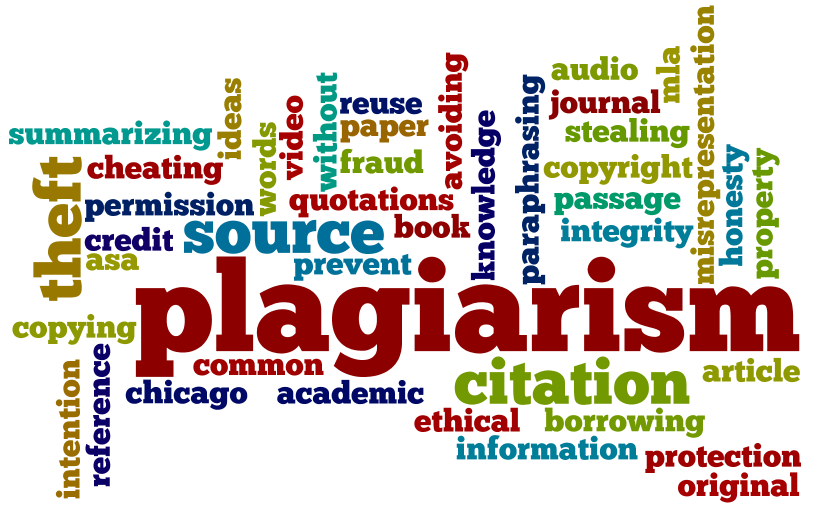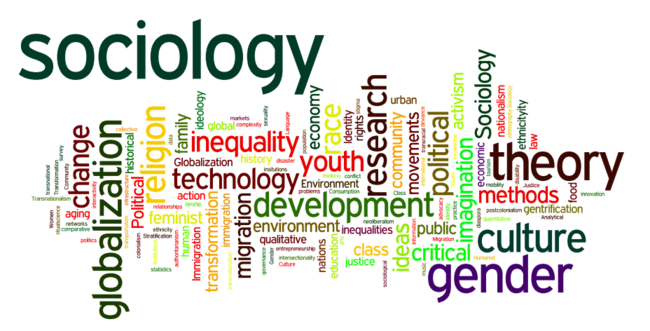Are you worried about unintentionally plagiarizing? Here are five ways to mitigate mistakes and guarantee your work’s originality using effective tools and expert advice, case studies, and data striking a balance between inspiration and plagiarism.
Introduction: Striking a Balance Between Inspiration and Plagiarism
You may have done the research, drafted, and polished your document, but then comes the dreaded phrase, ”Did I cite that correctly?” You’re not alone – perusing a study conducted in 2023 by the International Center for Academic Integrity reveals that 62% of students fess up to accidentally claiming plagiarism due to bad citation habits or overly simplified paraphrasing. The consequences can be dire, affecting scholarships, publications, and even careers. Some challenges are:
- Citing Misinterpretation: Forgetting the differences between APA, MLA, and Chicago style.
- Paraphrasing Mistakes: Accidentally repeating the source text without proper attribution.
- Flawed Research: Forgetting where source material is located.
- Time Constraints: Eliminating quality checks in order to finish on time.
You can protect your reputation and work with the correct tools and techniques. Let’s take a look.
- Protect Your References with Zotero: Automate Citations
The Problem: Manual citation and reference formatting is both time consuming and subject to human error.
The Solution: Zotero, a free reference manager, allows citations and bibliographies to be auto-generated in a chosen format.
How It Works:
- You can save sources easily with a single click via the browser extensions.
Here is the output that you require adjusted and simplified to your needs.
- Your notes, PDFs and tags are now synced across devices.
- You can now easily Export citations into Word or Google Docs.
Stat: Students at the University of Michigan using Zotero showed a huge 74% reduction in citation errors. (2022)
Follow the link here to: Zotero, Become an expert on this tool with our easy and simple guide.
Case Study: Liam a sociology student used Zotero to tag over 150 sources for easy access when writing his thesis. There was no last minute chaos of citations.
- Smartly paraphrase with QuillBot and a Human Touch
The Challenge: How does one go about changing dense academic text without losing key phrases?
The Solution: An AI tool such as QuillBot can easily rephrase content, with the keywords needing to cut down on loss of meaning accuracy and voice always.
The Steps to Success
- Upload the original text into Quillbot in ‘Academic’ mode.
- Make sure to look through the output and the source to make sure meaning is not manipulated.
- Show an analysis of critique in your work to demonstrate original thought.
Pro Tip: This can be used alongside our Sociology Outline guide for clean structured arguments.
Stat: A Stanford study showed that the use of AI-assisted paraphrasing tools ethically is proven to cut down drafting time by thirty percent.
- Detect Issues Early with Turnitin Draft Coach
The Challenge: Working on a piece only to discover after submission the intention of plagiarism is there.
The Solution: A feature within Google’s docs called Turnitin Draft Coach which checks for similarities in work.
Key features:.
- Matches with online sources are highlighted.
- Fill in misplaced citations.
- Teach students the art of paraphrasing through thorough engagement.
Why it Matters: Schools using Draft Coach record a 50% drop in plagiarism cases (Turnitin, 2023).
Link to Scholarship Essays: Never submit any scholarship application for review before checking it for plagiarism.
- Perfect Note-Taking Using the “Three Colors Method
The Challenge: Mixing up your own ideas with source material.
The Solution: Distinctively color-code notes for quotes, paraphrased content, and original ideas.
How to Do It:
- Red: Direct quotes (always cite!).
- Blue: Paraphrased content (cite and double-check wording).
- Green: Your analysis or hypotheses (no citation needed).
Example: To avoid missing data attribution while drafting a STEM Proposal, one student in Biology was using this color-coding strategy.
Stat: Students who take notes using a certain structure are 3 times more likely to avoid cases of plagiarism (Journal of Academic Writing, 2021).
- Use Crossref and ORCID to Validate Sources
The Challenge: Citing a source that is known to be unreliable or a duplicate citation.
The Solution: Check the DOI links using Crossref and use ORCID to see if the author is credible.
Why It’s Important:
- Crossref: Verifies a source and repairs dead links.
- ORCID: Investigates an author’s publication record to detect attempts to evade citing studies that have been retracted.
Link to History Thesis: see how a graduate student tries to avoid using a discredited historical text for citation.
Benefits of Application: Strategies in Action
- Avoid Reputation Damage: Protect yourself from claims or penalties.
- Increase Assurance: Confidence in ethically submitted work.
- Improve Efficiency: Reduce time spent on editing and research.
- Make Scholarships More Attainable: Original works have a higher chance of being selected.
Case Study: Turn Ignominy into Praise
Maria, a student of literature, inadvertently paraphrased a Chaucer analysis far too closely for comfort in her thesis. She achieved this by:
- Paragraphed using the Turnitin Draft Coach.
- Traced and Zotero-cited original sources.
- Revised using a three-color-system.
Overall Effect: She was awarded a PhD scholarship because of her attention to detail in the documentation.
Final Thoughts: Your Superpower is Originality
Plagiarism is more than just duplicated work; it’s a common coping mechanism for an overachieving academic culture. With Zotero, Turnitin, and organized note-taking at your disposal, creating meaningful work is not only stress-free but inspirational.
Start Simply:
- Consider downloading our free plagiarism checklist to help evaluate your next written assignment.
- Look through STEM Proposals for advice on attributing non-proprietary technical information.
- Contact us at www.studentbestie.org and set up a meeting with the specialists in academic integrity for individual advice.


